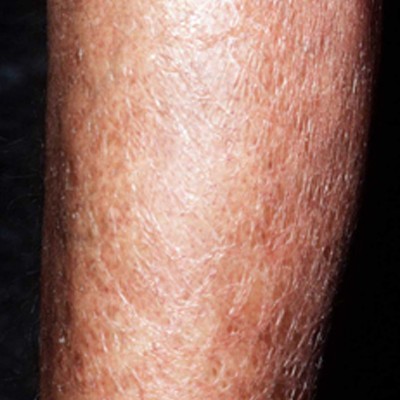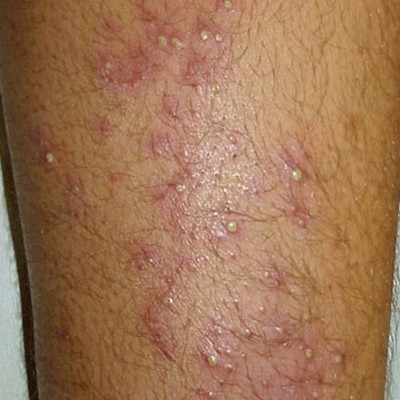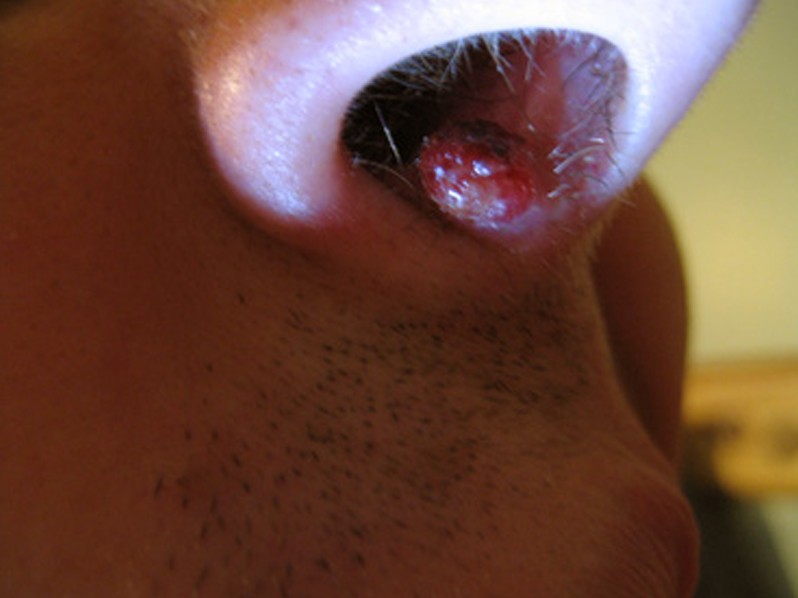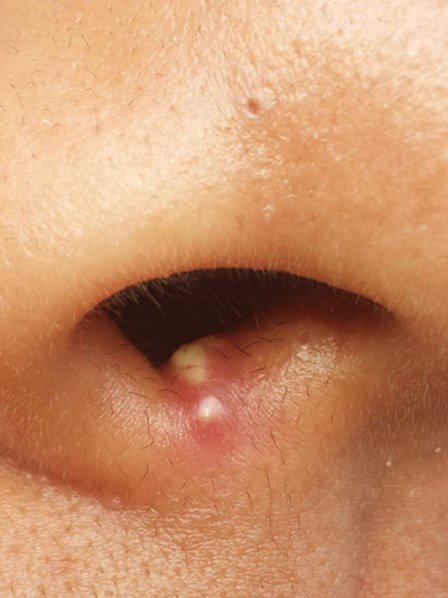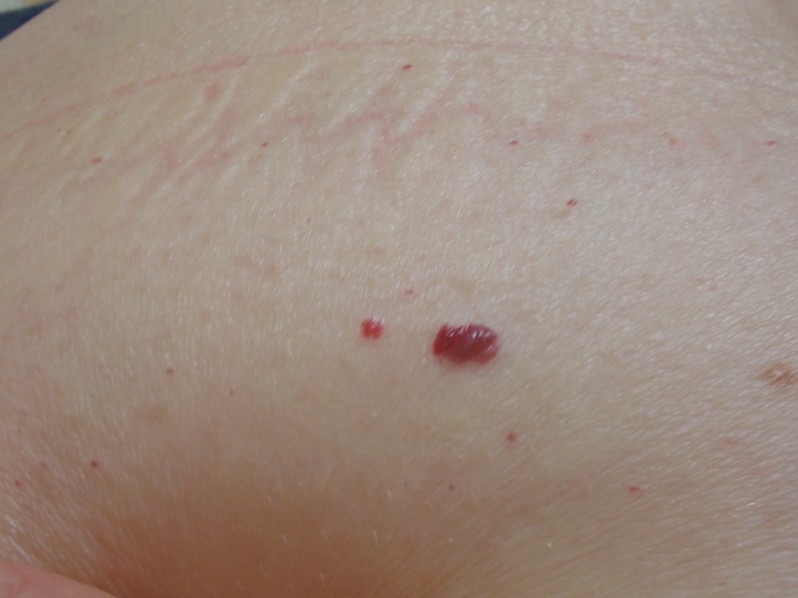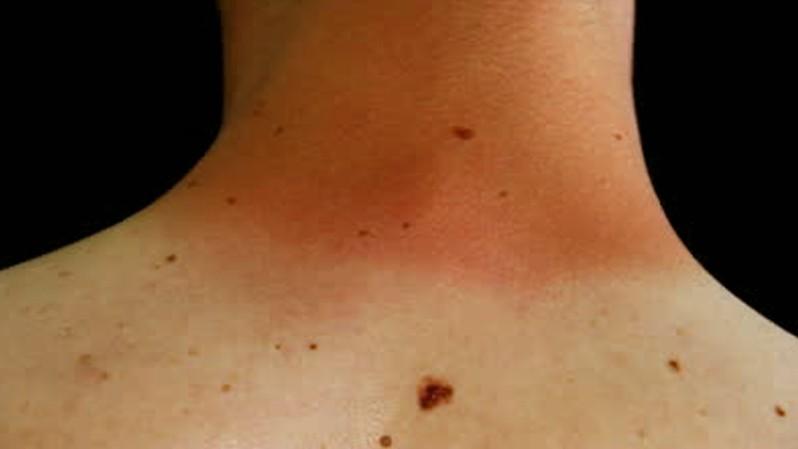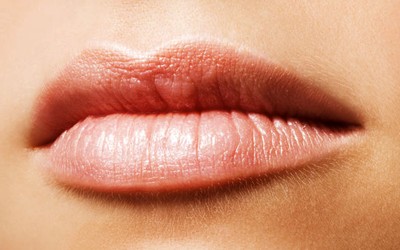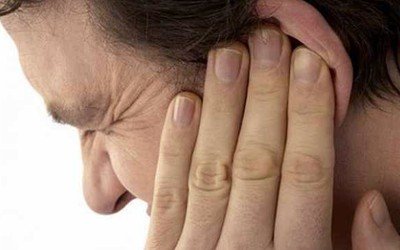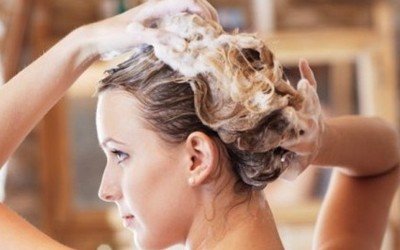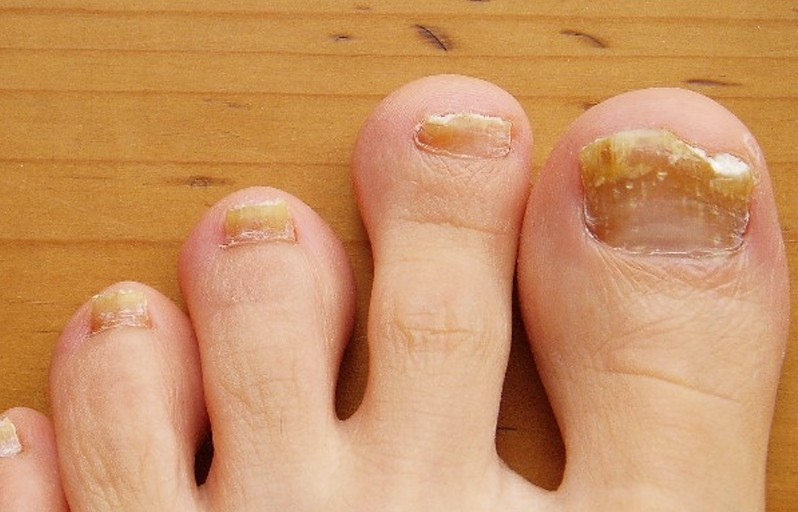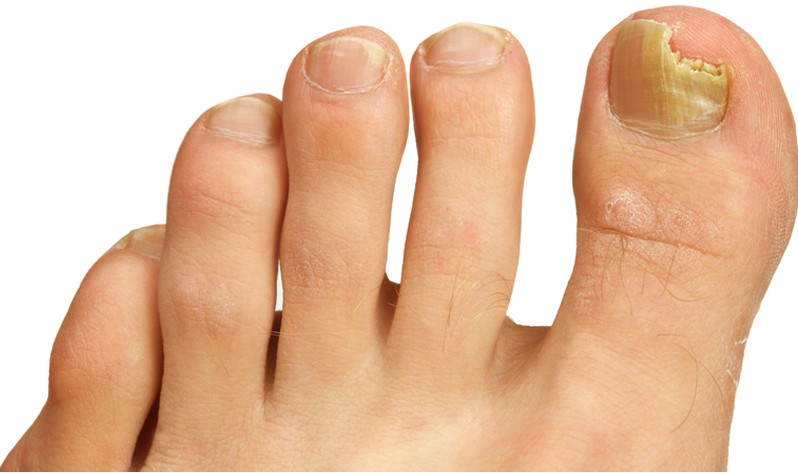Outer Thigh Pain
Our human nature is defined by movement. As we use our limbs for the most varied movements, it should come as no surprise that we may suffer from pain from time to time. The outer thigh pain can be accompanied by a burning sensation, suggesting that the sensory nerves are involved in the process. Or it could be a consequence of any of our daily activities, whether we are talking about climbing stairs, walking for a large distance or trying to reach something that is too high. Identifying the correct cause that has led to the pain in the first place is essential for the right treatment to be administered.
Causes of Outer Thigh Pain
These are the most common causes of outer thigh pain:
Greater trochanteric pain syndrome (trochanteric bursitis)
- Defined by outer thigh pain
- Inflammation/injury of tissues around the head of the femur (greater trochanter)
- Minor tear/damage is also possible
- Caused by repetitive movements – running/walking (excessively)
- Consequence of pressure in the area, infection or previous hip surgery with metallic implant.
Meralgia paresthetica
This is a neurological condition – nerve entrapment syndrome
- Pain in the outer thigh (felt at the level of the skin)
- Cause – sensory nerve compression (lateral cutaneous nerve of the thigh)
- Pain accompanied by numbness or tingling sensation
- Caused through car accidents (seatbelt injury) or during various surgical procedures (hernia repair, for example)
- Playing professional sports can also lead to the condition.
Muscle strain
- Common cause that leads to outer thigh pain
- Can appear if the muscle is stretched excessively or after prolonged physical exercise (overuse/weakness)
- The pain is described by the patient as dull and aching
- Pain is aggravated if the patient tries to maintain weight on the affected leg
- Can also appear after different injuries.
Spinal nerve compression
- Compression of nerves at different levels (especially in the lumbar region) leads to outer thigh pain
- Patients also describe numbness or tingling sensation
- More than one spinal nerve can be compressed, the pain extending throughout the entire limb
- Movement and range of mobility can be affected as well
- If the nerve is damaged, then muscle weakness might also be present.
Iliotibial band syndrome
- Outer thigh pain
- Other symptoms: swelling and discomfort
- Knee movements are limited or certain sounds are produced with each movement
- Most often encountered in professional athletes
- Cause: prolonged pressure on the iliotibial band.
Other causes
Bursitis
- Pain in the outer thigh and in the hip
- Swelling in the area
- The patient might have a difficult time maintaining weight on that leg
- Main cause – prolonged pressure
- Other causes – movements in a joint that is not stable or movements that involve a lot of speed or twisting.
Muscle contusion
- Main cause – aggressive contact in sports
- Outer thigh pain accompanied by swelling and muscle tenderness
- Skin discoloration might also be present
Arthritis
- Outer thigh pain caused by joint deterioration and inflammation
- Loss of mobility accompanies the pain
- Consequence of aging
Sciatica
- Cause – pressure on the sciatic nerve
- Appears in herniated discs (complete or partial)
- Associated by numbness or tingling sensation
- Can lead to muscle weakness
Hip replacement
- Outer thigh pain appears in the first recovery stage of the hip replacement surgery.
How to treat Outer thigh pain?
Outer thigh pain can be treated with symptomatic medication but, often times, it is just as important to treat the underlying condition. If the underlying condition is properly treated, the outer thigh pain will go away as well. Below, you will find the treatment recommended for the above mentioned medical conditions:
Greater trochanteric pain syndrome
- Ice pack applications
- Anti-inflammatory medication – pain relief
- Acetaminophen
- Ibuprofen
- Diet – Weight loss improves symptoms of the condition
- Corticosteroids – oral/topical administration (injection)
- Not to be administered for prolonged periods of time, as they have serious side-effects
- Physiotherapy – Exercise program for pain relief, increasing range of movement and muscle strengthening
Meralgia paresthetica
- Refrain from physical activity – this condition is aggravated by movement
- Diet – weight loss
- Physical therapy
- Exercise program
- Massage
- Stretching
- Anti-inflammatory medication – pain relief
- Acetaminophen
- Ibuprofen
- Corticosteroids – oral/topical administration (injections)
- Direct injection into the lateral cutaneous nerve – improvement of symptoms, reduction of inflammation
- Other medication (pain killing effect)
- Anti-depressants
- Anticonvulsant drugs
Muscle strain
- Anti-inflammatory medication – pain relief
- Acetaminophen
- Ibuprofen
- Cold pack application
- Rest
- Avoid standing on the affected leg
- Physiotherapy
- Stretching
- Massage
- Corticosteroid injections
- Reduce inflammation
- Relieve pain
Spinal nerve compression
- Anti-inflammatory medication – pain relief
- Acetaminophen
- Ibuprofen
- Physiotherapy
- Mobilization and pain reduction
- Surgery
- Nerve decompression
- Surgery for herniated or slipped disc
Iliotibial band syndrome
- Cold/ice pack applications
- Anti-inflammatory medication – pain relief
- Acetaminophen
- Ibuprofen
- Rest
Bursitis
- Rest
- Avoid standing on the affected leg – better to keep it elevated
- Ice pack applications
- Anti-inflammatory medication – pain relief
- Acetaminophen
- Ibuprofen
- Physiotherapy
- Exercise program to strengthen hip muscles
- Corticosteroid injections
Muscle contusion
- Anti-inflammatory medication
- Surgery in case of internal bleeding/additional bone fracture.
Arthritis
- Anti-inflammatory medication
- Corticosteroids
- If rheumatic, then anti-rheumatic drugs are recommended (Methotrexate)
- Physiotherapy and occupational therapy
- Corticosteroids and hyaluronic acid injections
- Joint replacement surgery.
Sciatica
- Anti-inflammatory medication
- Corticosteroids
- Physiotherapy
- Surgery for nerve decompression
Hip replacement
- Anti-inflammatory medication
- Corticosteroids
- Physiotherapy – pain relief and joint mobility.
In conclusion, by identifying the exact cause of the outer thigh pain one can provide the proper treatment for the underlying condition. The pain can be reduced or completely eliminated by treating its exact cause. As you have seen, physiotherapy and occupational therapy are recommended as treatment in most of these cases. Consider them to avoid the outer thigh pain from becoming worse or chronic.
